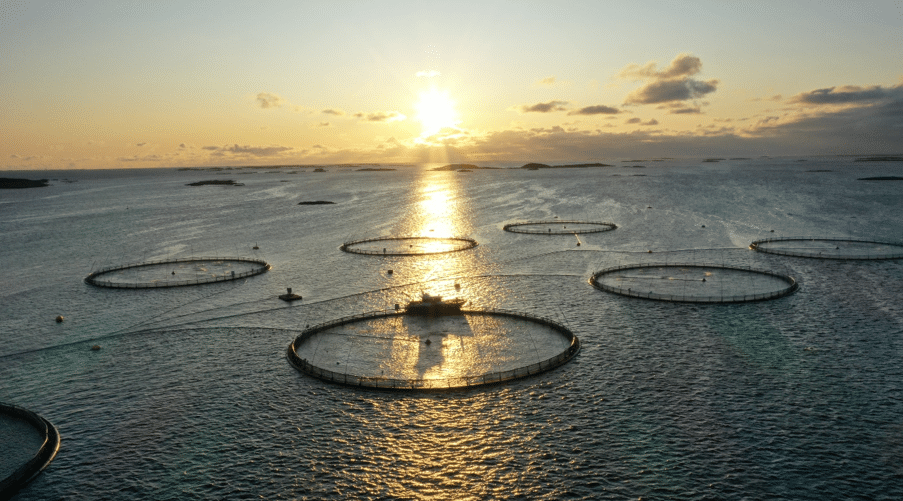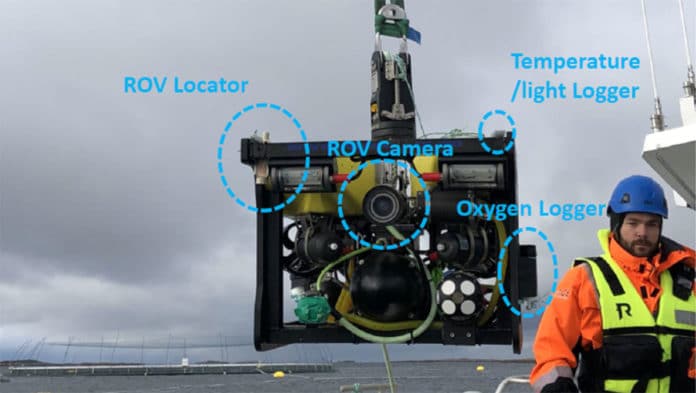The fish farming industry is known for its safety-related challenges such as frequent field accidents, fish that escape the enclosure, and the spread of unwanted gene material to vulnerable wild salmon flocks. To keep these issues under control, many businesses use divers to periodically inspect their nets for holes and to check fish for signs of disease. Besides, water quality sensors can also be installed inside the cages.
However, the presence of scuba divers can scare and stress the fish. In addition, such checks require a lot of time and energy from divers, and sensors, which are usually installed in only one part of the pen, may not provide an accurate picture of water quality.
Now, a group of researchers from SINTEF and NTNU has developed a self-driving, also known as an autonomous, underwater robot (ROV), officially called CageReporter. It’s tailor-made for jobs like these, and it does it all on its own. The underwater robot monitors the living conditions and health of fish in the enclosures, the water quality, and the enclosures’ condition.

Essentially, the CageReporter is a low-cost underwater 3D visualization and communication system. The robot provides high-quality data collection and the ability to analyze them. The system allows you to monitor the conditions in the enclosure to improve the quality of life and health of the fish and facilitate the inspection of the net.
To make the system autonomous, the engineers had to teach the robot to move like a fish. For accurate data, the robot needs to be constantly present in the fish school, which is very easy to scare. However, the development of the big interactive control function has helped the ROV coexist better with fish without disturbing them.
CageReporter is outfitted with some seriously robust technology. Its communications system is based on acoustic signals yet is still small enough not to affect the ROV’s driving capabilities in the water. This high-tech communications system was developed by the Norwegian start-up Water Linked, which has developed an ultrasound-based signaling system for underwater use that is both small, cost-effective, and high tech.
The prototype ROV has been field-tested at two aquaculture facilities connected to SINTEF ACE, just outside of Frøya on the coast of Trondheim. This is where the robot provides fish breeders with sharp, real-time photographs of cages and accurate location data. CageReporter can detect any deformations in the network and even predict future damage to pens.
“Vehicles like this can collect useful data, making it more precise and more objective than the data we can collect as humans. Thus, the technology gives us incredibly precise and important information on, for example, the fish’s health and the quality of the water in real-time. That’s great news for fish health and animal welfare,” says researcher and project leader Eleni Kelasidi from SINTEF. “In the future, we might even be looking at completely un-manned aquaculture facilities.”
